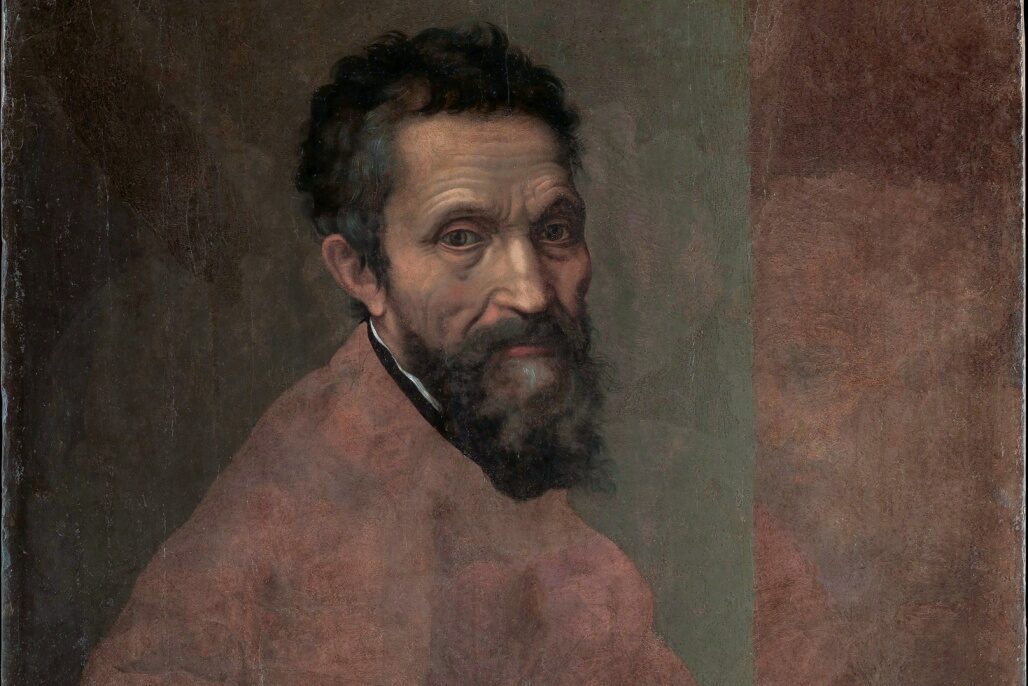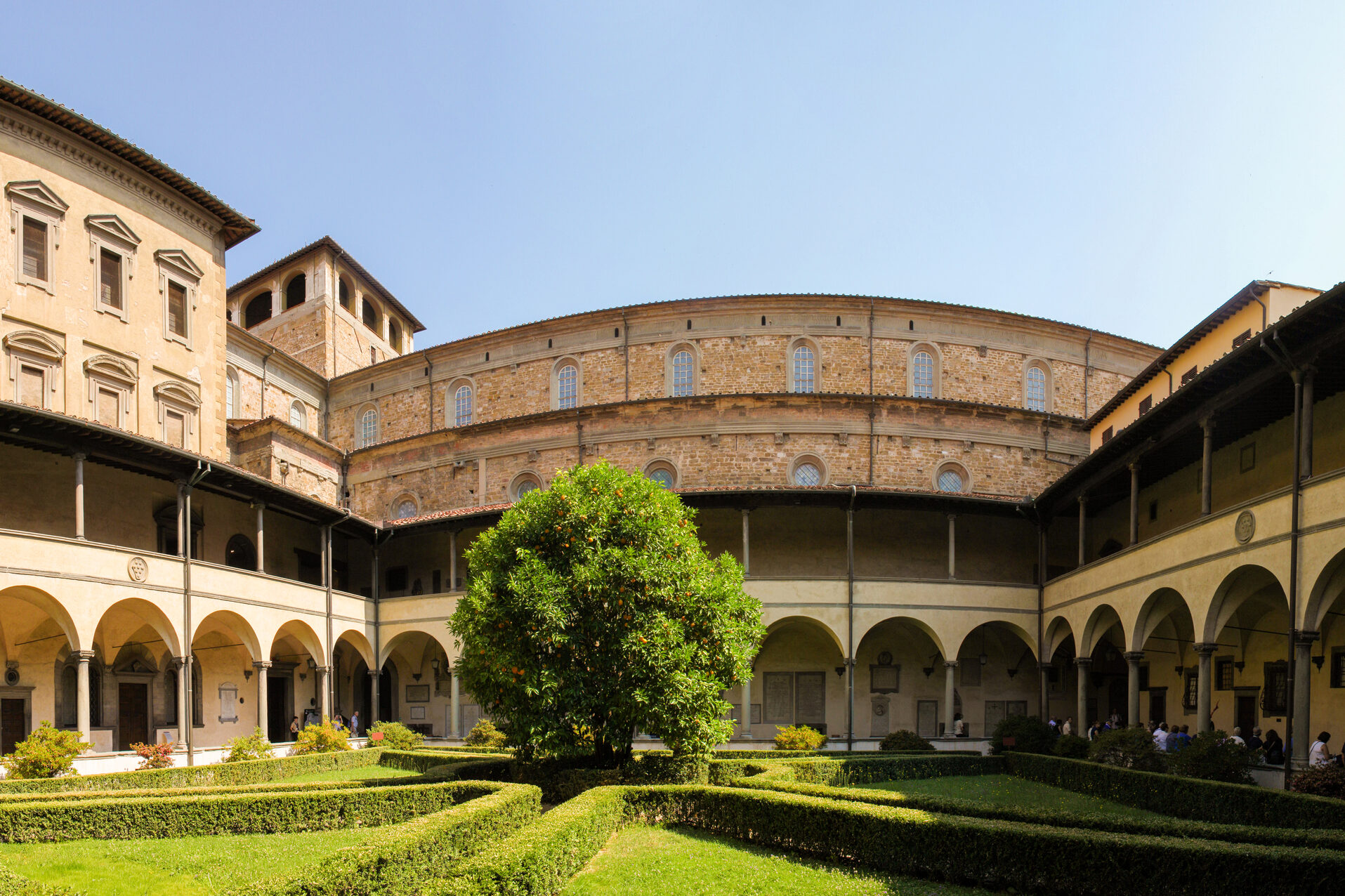Dear Readers,
January is named after Janus, the Roman god of doorways, beginnings and endings. According to Roman mythology, Janus, an ancient king of Italy, was the son of Apollo and Creusa. Husband of Jana, father of Iberius by Camasena, of Canens by Venilia and of Fontus by Juturna. This two or four faced god (Bifrons or Quadrifons) was second only to Jupiter. He was also god of doors, bridges, passageways. His name was the first invoked in all religious ceremonies.
***
January- Gennaio begins a New Year and a new chance to not live with regrets. A chance to try something new. A chance to bring a smile to someone’s face. A chance to be part of something wonderful and exciting. Don’t let this year pass you by and feel you should have or could have done something. The New Year is also a good time to remember and act upon the words “I expect to pass through this world but one, any good thing therefore that I can do, or any kindness that I can show to any fellow creature, let me do it now, let me not defer or neglect it, for I shall not pass this way again”. Attributed to Etienne de Grellet (1773-1855).
***
I wish you health and happiness in 2015 and a January full of dates with an “Italian Connection”:
1. Don Ameche hosted the first color television program broadcast coast-to-coast, the Tournament of Roses from Pasadena, California
2. Giuseppe Cadenasso, landscape portrait painter and teacher, was born January 2, 1858 in Margola (Genoa), Italy, and died in 1918 in San Francisco, California.
3. Marie Macri Lambert was appointed January 3, 1973 as the first woman judge of New York surrogate court.
4. St. Elizabeth Ann Seton, who died January 4, 1821, was born in New York City 1774. At the age of nineteen, she married William Seton. After he lost a fortune early 1803, his health began to fail and Elizabeth sailed to Italy for the warm climate, to stay with friends, the Antonio Filicchi family, but unfortunately he died in December 1803. The young widow and her daughter found a home with the devoted Catholic Filicchi family. She experienced the faith of this family and converted to Catholicism in 1809. She started a religious community of teaching sisters, the first American Sisters of Charity, and initiated the Catholic school system. She died in 1821 and was declared a saint by Pope Paul VI in 1975.
5. Oronzo Maldarelli, architectural sculptor of stone, marble, plaster, wood and bronze, was born in Naples in 1892 and died January 5, 1963 in New York City.
6. Giacomo Beltrami (1770-1855), who discovered the source of the Mississippi River, died on January 6, 1855.
7. Tailors were among Italian American immigrants. January 7, 1850 is the birthday of a tailor who became the 13th U.S. President, Millard Fillmore. He was American-born as required by the U.S. Constitution. Italian-born tailors were ineligible.
8. La Voce del Popolo newspaper started January 1868, in San Francisco, “Organo della Popolazione Italiana in California”. “La Scintilla Italiana” out-stripped the competition for nearly 20 years. It was not until 1887 that “La Voce del Popolo”’s dominance was counterbalanced by “L’Italia”, the first California rival to survive the competition. Giuseppe Garibaldi (1807-1882), hero of the Garibaldi Guard (Compagnia Garibaldina), the most popular organization among the Italians in California, kept in touch via “La Voce del Popolo”, which was mailed to him regularly as he appreciated its politics and sympathized with its endeavors, from the time of the first editor-in-chief Giuseppe Norton, through his successors, Carlo Dondero and Giovan Battista Cevasco.
9. Filippo Traetta (1776-1854) founded the American Conservatory of Music in Boston in 1801.
10. St. William, who was canonized in 1210 by Pope Honorius II died January 10, 1209.
11. Louis Sartori (1812-1899), the first Italian American Rear Admiral in the U.S. Navy died January 11, 1899.
12. Eugenio Castello (1851-1926) noted International American painter and sculptor celebrated his birthday in January.
13. Paul Amatis became the first Italian to land with 10 colonists in Charleston, South Carolina, in 1733.
14. Arturo Toscanini began conducting with the New York Symphony in 1926.
15. Fr. Eugene Carusi (1835-1924) became the founder of the National University of Law in Washington, D.C.
16. Società Italiana di Unione, Fratellanza e Beneficenza was created by Italians in New York in 1839.
17. Albinoni Manca, sculptor, was born in 1898 in Nuoro, Sardinia, and died January 17, 1976 in New York City.
18. UNICO National, the largest service organization in the U.S.A. inaugurated its first chapter in San Francisco, California, on January 18, 1980.
19. Bettino Craxi died on January 19, 2000 at age 65 and was buried in Tunisia (in the Tunisian Beach resort of Hammamet) where he fled in 1994 to avoid a jail term for corruption. Craxi, a Socialist, was Italy’s longest serving Premier of post-war years, 1983-1987.
20. Angelo Rossi (1878-1948) became the first Italian American to be elected Mayor of San Francisco in January 1931.
21. Maria Jose of Savoy, widow of Italy’s last king, Umberto II, died January 27, 2001 at her family’s home in exile in Switzerland. She was 94 and did not live to see her 65 year old son, former prince, Victor Emmanuel exiled from Italy since age 9, return to Rome with his family for a meeting with Pope John Paul II, Dec. 2002.
22. Ernest Borgnine, actor, was born on January 24, 1945 and enjoyed his first big hit in the film “Marty”.
23. Attilio Salemme, painter, muralist, watercolor and ink artist, was born in 1911 and died January 1955 in New York City. He was first exposed to abstract art when he worked as a doorman at the Guggenheim Museum.
24. Charles Barsotti (1850-1927) founded the first daily Italian newspaper “Il Progresso” in 1880.
25. Ercole Cartotto, painter and teacher, was born in January 26, 1889 in Valle Mosso (Vercelli) and died in 1946 in New York. His works are in the Metropolitan Museum of Arts American Collection.
26. Mussolini signed a pact with Yugoslavia annexing the free city of Fiume on January 27, 1924.
27. St. Angela Merici, foundress of the Ursuline order and educator, was born in Desenzano, Lombardy, in 1470. She was raised by an uncle after both parents died. When Angela was twenty-two, her uncle died. She returned to Desenzano and began to instruct the poor children in the village and soon gathered women companions to share her work. Because of her success, Angela was invited to open another school in Brescia, where she was befriended by the nobility. On November 25, 1535, twenty-eight women plus Angela consecrated themselves to the service of God with St. Ursula as their patroness. This is the beginning of the Ursulines. She died in Brescia on January 27, 1540.
28. St. Thomas Aquinas (1225-1274), a priest and doctor, his Feast Day is January 28th. The great medieval Doctor of the Church, he was born in the family castle of Roccasecca in the town of Aquino, near the great abbey of Monte Cassino in 1225. His father, Landulf, was a nobleman and his mother, Theodora, was of Norman descent. As a boy of five he began his schooling at the Benedictine monastery of Monte Cassino. In 1239, he began studies at the University of Naples. There, Thomas became friendly with the Dominicans and wished to become a member of their community, but the family resisted his wishes. In 1245, his family permitted him to become a Dominican. Thomas went to Cologne, Germany, to study under St. Albert the Great. His quiet, slow manner caused his companions to call him “the dumb ox”, but soon they learned of his genius. “You call him a dumb ox” Albert told his students, “soon his voice will be heard throughout the world”. He was ordained in Cologne about 1251.
29. Giuseppe Verdi died January 27, 1901. On January 19, 1853, the composer’s opera “Il Trovatore” was performed for the first time.
30. Allied Troops made a surprise landing at Anzio, 30 miles south of Rome, in January 1944, during W.W.II.
31. Mario Lanza, singer, actor, born Alfredo Cocozza in Philadelphia on January 31, 1921 (the year the legendary Enrico Caruso died). Mario Lanza left us at the young age of 38, in 1959, but his memory and music continues to live in our hearts.
***
































